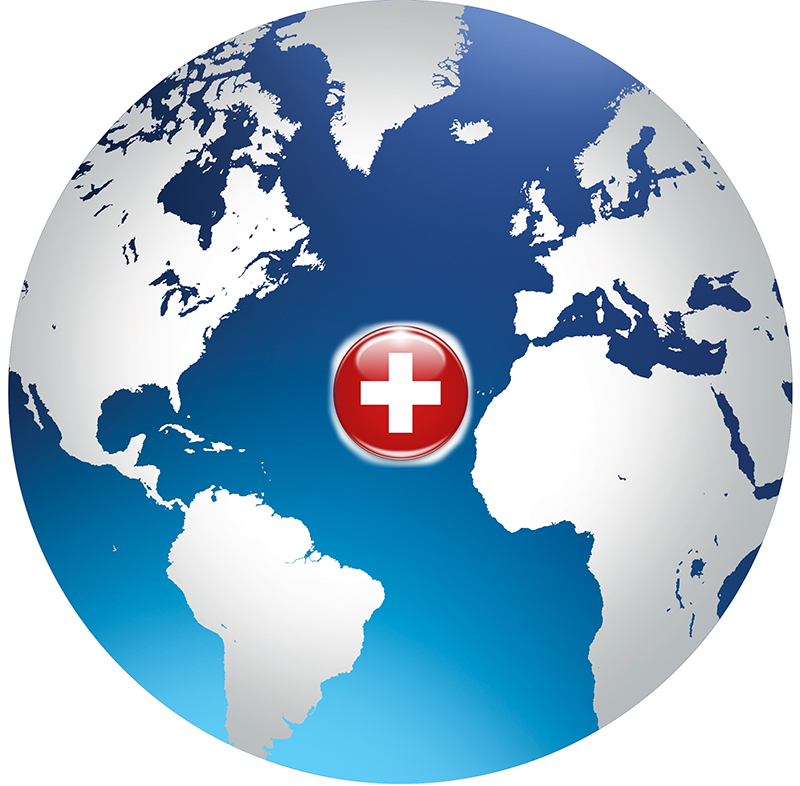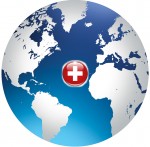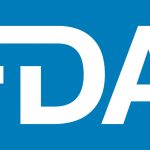For medical device manufacturers, gaining access to multiple major markets is important for the success of the company, particularly when the product lines involve new or novel medical technologies. Rapid time to market is vital to secure a prime place in a rapidly evolving marketplace, as well as ensure the flow of much needed capital to pursue company goals.
Attend the Global Regulatory Strategy Conference, February 28–March 1, 2017 | Attend in-person in Washington, D.C. or virtually | LEARN MOREThe global regulatory landscape presents varied compliance issues, requirements, accepted test methods and standards, and clinical experiential factors. Navigating the maze of global requirements can be a daunting task, and requires a concerted effort at the project planning stage to make the best use of available company resources. Global differences in regulations and requirements typically result in a long and costly path to global regulatory approval.
Taking a strategic approach in achieving regulatory approval can be an effective tool in reducing the compliance burden facing medical device manufacturers. Manufacturers may find that first obtaining market clearance from the FDA for access to the U.S. market can result in leveraging documentation required for the prompt and efficient review of new device applications in other markets.
Global Medical Device Markets
According to the U.S. Department of Commerce, the medical device marketplace worldwide is expected to experience a 5% annual growth rate over the next few years. By the year 2020, the total market is expected to reach approximately $440 billion. The U.S. accounts for 45% of this market share. However, emerging markets, including Central and Eastern Europe, the Middle East and Africa are expected to grow even more rapidly as the marketplaces mature, and as access to medical care in these regions expands.1
Factors that are expected to contribute to the growth in demand for medical devices include:
- Aging populations who will require more medical attention, where smaller and more portable devices will play a part in home healthcare use
- The rapidly increasing technologies incorporating wireless capabilities
- Upgrading legacy devices to newer technologies
- Personalized medicine and nanomedicine pushing the frontiers of medical care to more people
The expansion of the global medical device market will undoubtedly result in regulatory authorities increasing the complexity of the regulatory landscape. In fact, we have already seen the evidence of this over the past few years, as more standards, updated standards and additional guidance documents are published more often by the various regulatory agencies. A clear example of this thinking can be seen in the Medical Device Regulation and In Vitro Device Regulation currently being promulgated in the European Union (EU). These schemes are much more rigorous than the existing directives and place much greater emphasis on notified body responsibilities, as well as manufacturers, distributors and authorized representatives. As these schemes are strengthened, other countries that base their market access requirements on the ISO and CE scheme are expected to follow suit.
Developing a Regulatory Strategy
The increasing complexity of the global medical device marketplace directly translates into a greater burden on medical device manufacturers, especially when seeking market access across multiple marketplaces. Since small and medium-sized entities comprise the majority of companies in the medical device industry, the impact to costs and lead times can be significant. These companies often lack internal expertise to conduct appropriate market research or to navigate the regulatory maze.
In light of the expanding complexities to bring product to market, the importance of developing a comprehensive go-to-market strategy for a new medical device, or an expanded market area for existing medical devices, can readily be seen.
An effective strategy must contain a number of elements, including:
- Determining a cost/return on investment for anticipated market areas
- Perceived market demands
- Current competitive landscape
- Distribution methods
- Reimbursement strategies and policies
- Legal issues, including intellectual property protection
- Ability to leverage approvals gained in primary markets to extended markets
- Financial, professional and technical resources







